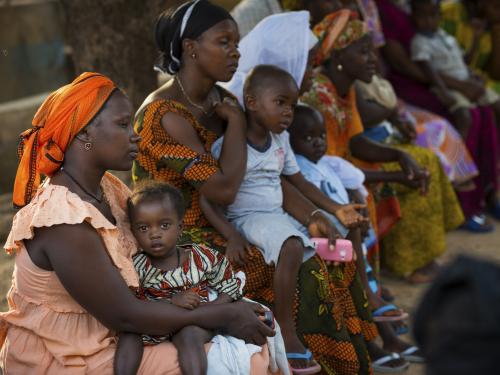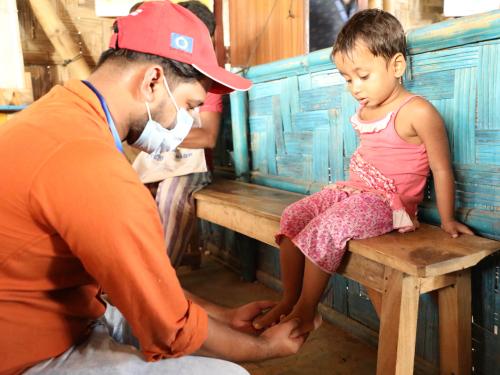Who we are
The WaSt Technical Interest Group (TIG) was formed in 2014 to explore the relationship between wasting and stunting, and if there were any implications for programme, policy, research and financing. The group, coordinated by ENN is made up of 42 experts in child growth, nutrition and epidemiology.
The backbone of the expert group is the maintenance of a creative, transparent forum to review, scrutinise, prioritise and build evidence as well as exploring the implications for policy, practice and further research. This allows WaSt to serve the nutrition and wider humanitarian and development sectors as hub for evidence and expert opinion which is free from organisational agendas.
Guiding principles for members of the group
- Bringing technically creative ideas, enthusiasm and academic rigour to the group
- Ensuring the technical focus of the work has relevance to policies and programmes
- Maintaining objectivity and being evidence led, rather than directed by agency agenda.
- Commitment to disseminating and promoting uptake of the group's outputs to influence policy, research and programme change

Our achievements
Together, the group has successfully spearheaded a greater understanding of the physiological, biological and epidemiolocal relationships between child wasting and stunting, building a body of evidence that has underpinned it's call for an end to historic separations, and which is influencing shifts towards more joined-up policy, programming and research.
Key resources
The WaSt TIG is funded by USAID’s Bureau for Humanitarian Assistance (BHA) and the Department of Foreign Affairs, Ireland.
We gratefully acknowledge past support of the Department for International Development (through the MQSUN project), The Waterloo Foundation, and the Eleanor Crook Foundation.
The WaSt TIG is coordinated by Tanya Khara and Natalie Sessions.
Please contact: tanya@ennonline.net















